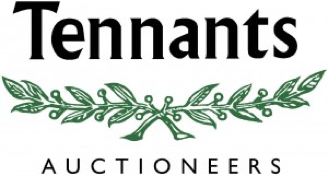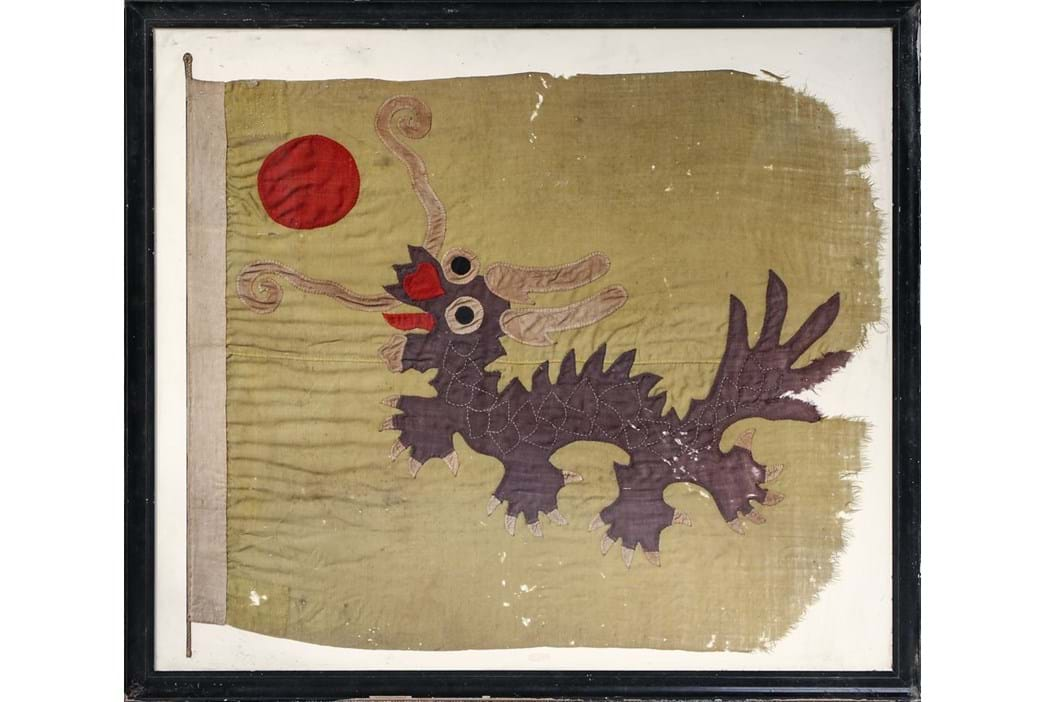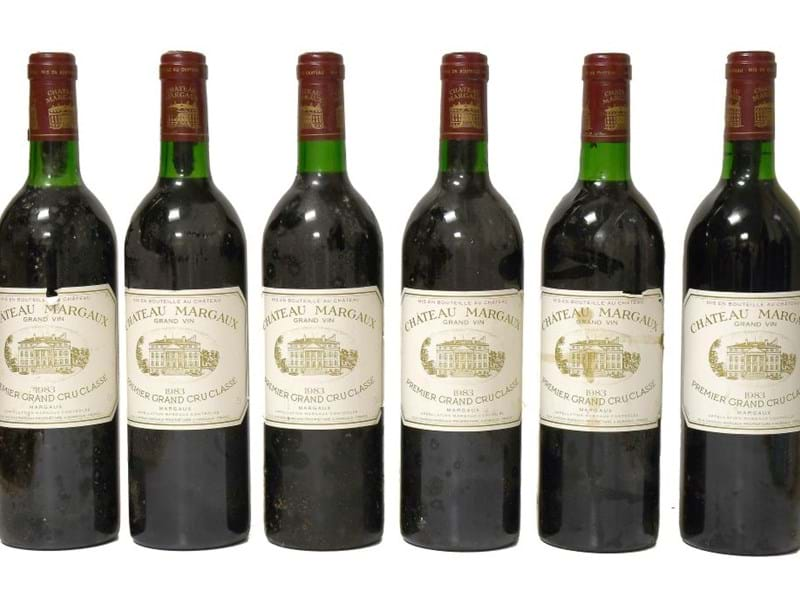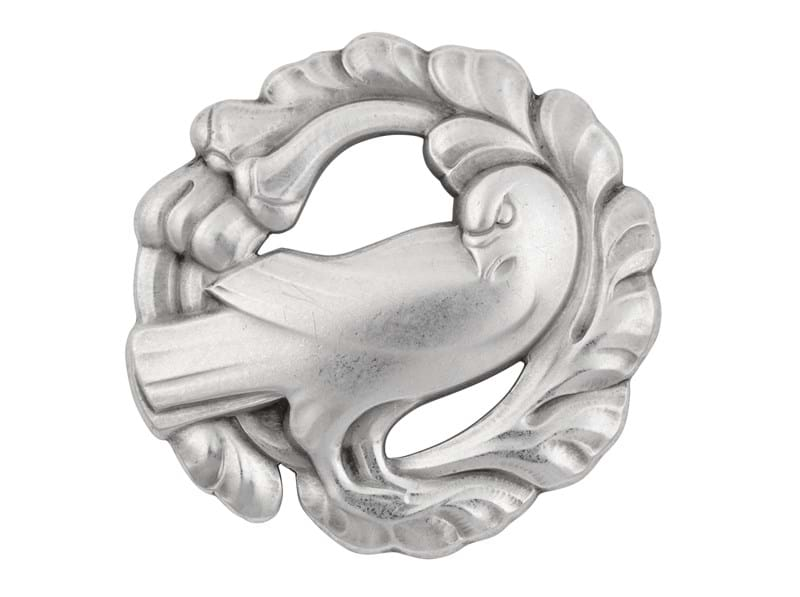A 19th Century South Eastern Australian Aboriginal Wood Shield sold for £32,000 (plus buyer’s premium), in Tennants Auctioneers’ Militaria and Ethnographica Sale on 23rd March. Of elongated, elliptical form with deeply incised bands of wave decoration filled with pale pigment, the shield attracted international interest, aided by strong provenance. The vendor’s grandfather had moved to Australia in 1924, where he began farming in Lake Grace 100 miles inland from Perth. He moved back to the UK in 1937 and settled in Cumbria in the same house the vendor lives in today. His small collection of Aboriginal items remained in the family and also included a 20th Century Western Australian Aboriginal Wunda (Parrying) Shield, which sold for £2,500.
News & Insights
Aboriginal Shield Sells for £32,000
Lots of World War II period sold well throughout the sale, with a group of 6 items of period Army kit selling for £4,000; in addition to a tank crew oversuit, and camouflage smock and trousers, the lot included three ammunition jerkins, one of which is marked as having been used for training purposes. From the same private collection of Military uniforms came a lot of 13 Second World War and Post War Khaki Drill Uniforms, which sold for £1,100.
Medals with provenance and supporting paperwork continue to sell well, such as a First/Second World War CBE Group of Eleven Medals, awarded to Captain John Arthur Miller of the Royal Navy. The group comprised CBE (Mily) collar badge, 1914-15 Star, British War Medal and Victory Medal, 1939-45 Star, Atlantic Star, Africa Star, Italy Star, War Medal with MID oak leaf, Croix de Guerre and Legion d’Honneur. John Miller was decorated five times for his war-time naval services, mentioned in despatches twice, and awarded the CBE for distinguished service during the invasion of the South of France (Operation Dragoon). He was also granted unrestricted permission in 1947 to wear the insignia of the Norwegian ‘Commander of the Royal Order of St. Olav’ possibly for the evacuation of the Norwegian Royal Family on board HMS Devonshire in October 1940.
Further notable lots in the sale included a Boy Scouts Association Gilt Gallantry Medal, which was awarded to Robert Armstrong in 1952 (sold for £650). According to a letter from the Assistant Chief Constable of the City of Glasgow Police which accompanies the lot, Armstrong rescued a five-year-old boy from drowning in a lock on the Forth and Clyde Canal in the city, for which he was awarded a £3 reward from the Police. He writes ‘There is little doubt that but for your action in diving from the Ketch ‘Gratitude’ fully clothed into the water, seizing hold of the boy and swimming to the stern of the boat, the child would in all probability have lost his life”. The medal and letter was sold along with a Silver Acorn, a photograph, a bosun’s whistle and a Warrant appointing Armstrong Assistant Scout Master in 1951.
Also of interest in the sale were two large Imperial Chinese ‘Yellow Dragon’ Flags, which once flew over the Imperial Chinese Maritime Customs Headquarters at Antung, Manchuria (sold for £550). After the death of the Emperor T’ung-Chih, the deposition of the Empire in 1911 and the accession of the Republic, the flags were presented to a Captain R. Caldicott by Mr Hubbard, an Officer of the Chinese Customs Service in 1911.
The sale achieved a total hammer price of £100,640 with an 89% sold rate for 286 lots.
< Back to News
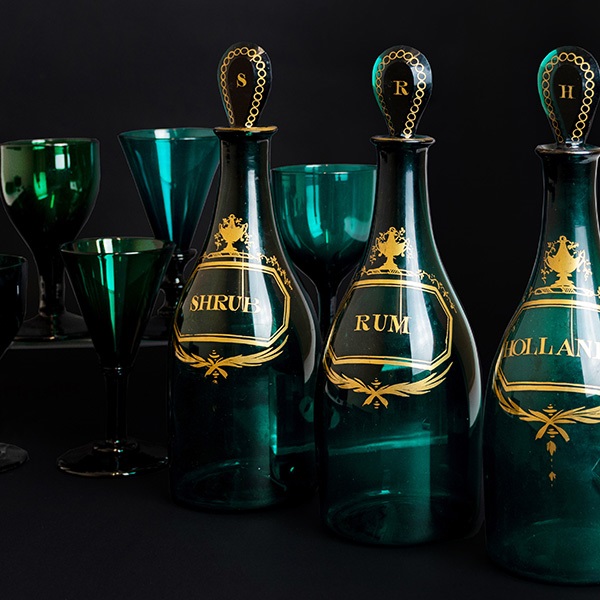
25th April 2025, 09:30
Plan your visit to our Leyburn Head Office and Salerooms, or our Harrogate and London Offices
Get your antiques and collectables valued by our team of specialists.
